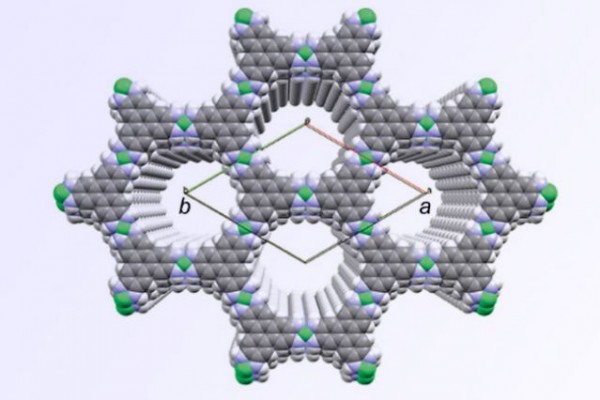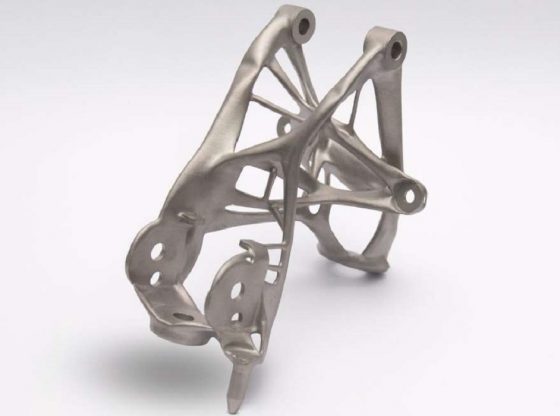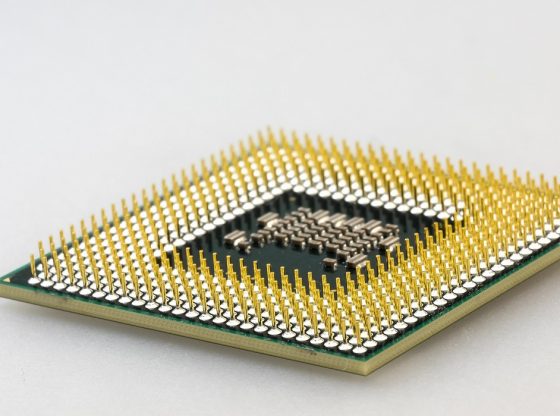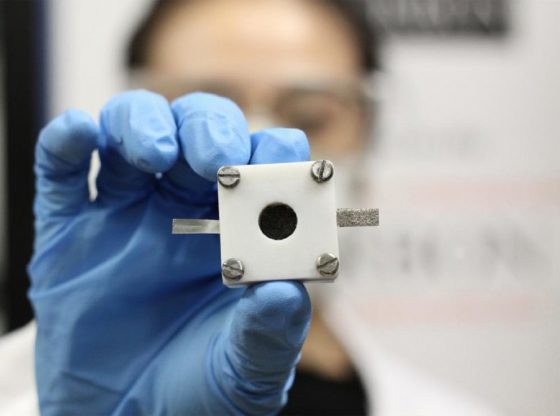
As miraculous and revolutionary graphene seems to be, it has its limitations. A major limitation refers to a concept called “bandgap”.
The bandgap is an energy range in a material where no electron states can exist and this is an essential attribute if used to make devices such as computer chips and solar cells.
This limitation of graphene has spurred research into augmenting the material into having such much-demanded properties. This augmentation often implies adding other molecules that attach to its structure, which does provide those wanted attributives. However, these measures also tend to degrade the properties that made graphene desirable in the first place.
Now, researchers at MIT and Harvard have developed a two-dimensional material which demonstrates properties very similar to that of graphene but with some significant advantages, including a natural disposition of a usable bandgap.
The new material is a combination of nickel and an organic compound called HITP, with an especially interesting natural self-assembly property. If the researchers can harness this property, it would provide a natural endowment for easier manufacturing and thereby possibly also low production costs.
This newly developed compound Ni3(HITP)2 shares graphene’s structure. It also shares some of those attributes found in graphene, such as excellent electrical conductivity.
What is perhaps even more interesting, however, is the fact that the compound may become the first in a whole new diverse family of similar materials combining properties of metals with organic compounds.
The research has been published online in the Journal of the American Chemical Society and was done by MIT assistant professor of chemistry Mircea Dincă and seven co-authors, supported by the U.S. Department of Energy and the Center for Excitonics at MIT.
_______________
MIT: New material for flat semiconductors
High Electrical Conductivity in Ni3(2,3,6,7,10,11-hexaiminotriphenylene)2, a Semiconducting Metal–Organic Graphene Analogue
______________________________






















